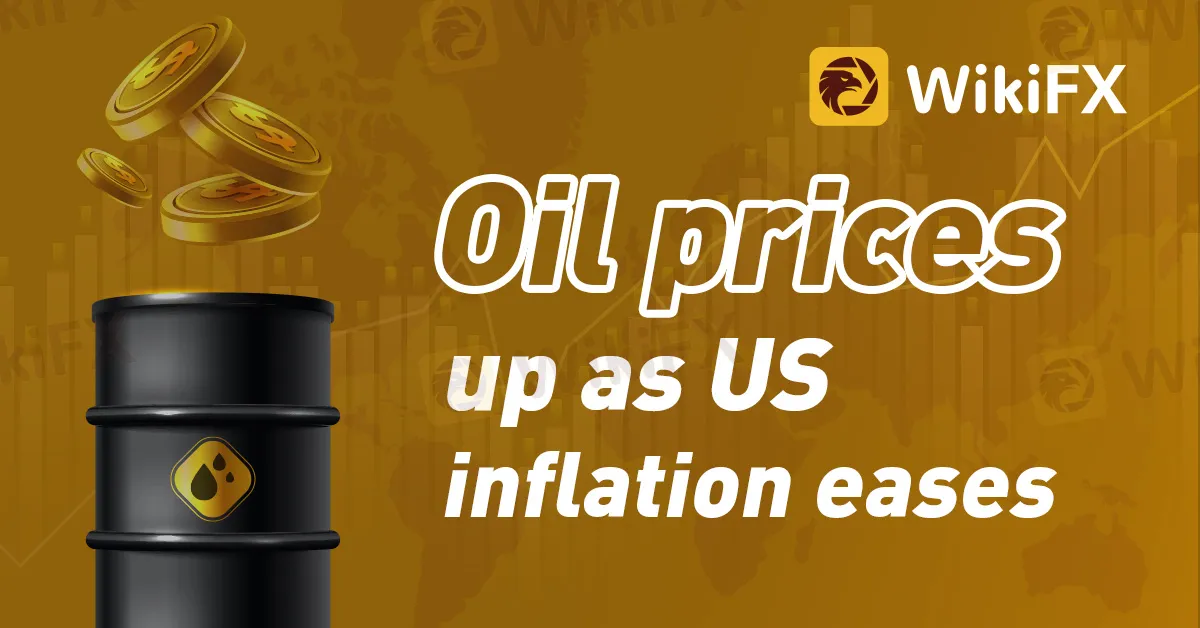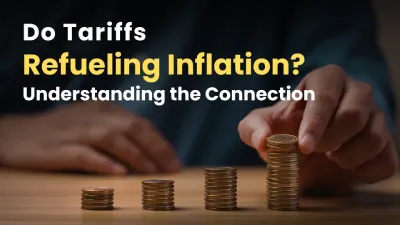简体中文
繁體中文
English
Pусский
日本語
ภาษาไทย
Tiếng Việt
Bahasa Indonesia
Español
हिन्दी
Filippiiniläinen
Français
Deutsch
Português
Türkçe
한국어
العربية
Oil prices up as US inflation eases
Abstract:According to Reuters, oil prices experienced a more than 1% increase on Thursday, reaching their highest point in nearly three months. This surge was driven by U.S. inflation data, which indicated that interest rates in the world's largest economy were nearing their peak.

According to Reuters, oil prices experienced a more than 1% increase on Thursday, reaching their highest point in nearly three months. This surge was driven by U.S. inflation data, which indicated that interest rates in the world's largest economy were nearing their peak.
Brent crude futures saw a rise of $1.25, equivalent to 1.6%, settling at $81.36 per barrel. The peak during the session reached $81.57, marking the highest level since April 25.
Similarly, U.S. West Texas Intermediate crude futures experienced a gain of $1.14, or 1.5%, reaching $76.89. The session's highest point was $77.13, the strongest level since April 26.
On Wednesday, data revealed that U.S. consumer prices had only moderately increased in June, with the smallest annual rise in over two years. This ongoing decline in inflation contributed to a drop in the U.S. dollar index, which fell to its lowest level since April 2022. The weakened dollar played a role in boosting oil prices, as it made crude more affordable for holders of other currencies.
Analysts like John Kilduff, a partner at Again Capital LLC in New York, attributed the increase in oil prices to the low inflation figures. Phil Flynn, an analyst at Price Futures Group, commented that fears of an interest rate hike by the Federal Reserve had previously acted as a headwind for oil prices. However, with the expectation of only one more rate rise, concerns eased. Higher interest rates have the potential to slow economic growth and reduce oil demand.
Recent rallies in oil prices, surpassing 11% over two weeks, were primarily driven by supply cuts from major producers Saudi Arabia and Russia, according to Craig Erlam, a senior market analyst at OANDA.
The structure of Brent futures contracts indicates a tightening market and suggests that OPEC's efforts to support the market may be succeeding. The premium of a front-month Brent contract compared to a six-month February 2024 contract rose to $2.64 per barrel on Wednesday. In late June, the front-month contract was at a discount compared to the six-month contract.
The International Energy Agency (IEA) released a report on Thursday predicting a record-high oil demand this year, although the increase would be slightly lower than previously anticipated due to broader economic challenges and interest rate hikes. Similarly, an OPEC report maintained an optimistic outlook on global oil demand despite economic weaknesses. It raised its growth forecast for 2023 and predicted a minor slowdown in 2024, with fuel consumption expected to be driven by China and India.
In China, however, the momentum of the post-pandemic recovery slowed, with exports contracting last month at the fastest pace since the onset of the pandemic three years ago, according to data from the country's Customs Bureau.

Disclaimer:
The views in this article only represent the author's personal views, and do not constitute investment advice on this platform. This platform does not guarantee the accuracy, completeness and timeliness of the information in the article, and will not be liable for any loss caused by the use of or reliance on the information in the article.
Read more

Why Fed Keeps Interest Rates Unchanged, How Does It Affect To Forex Market?
Fed keeps interest rates at 4.25%–4.50%, impacting forex market. Dollar may rise as tariffs loom. Explore why rates unchanged and forex effects.

Do Tariffs Refueling Inflation? Understanding the Connection
Investigate how tariffs impact inflation. Learn how trade barriers influence prices and the broader economic landscape.

Will Trump's Trade Policies Fuel Inflation? BlackRock Warns of Economic Risks
Bitcoin and crypto prices plummet as recession fears and inflation warnings shake markets. Experts warn of prolonged economic challenges ahead.

How Will Central Bank Digital Currencies Could Shape Everything?
Central bank digital currencies (CBDCs) could reshape financial stability, addressing inflation, banking risks, and monetary policy challenges.
WikiFX Broker
Latest News
Exposing the Top 5 Scam Brokers of March 2025: A Closer Look by WikiFX
Gold Prices Climb Again – Have Investors Seized the Opportunity?
Webull Launches SMSF Investment Platform with Zero Fees
Australian Regulator Warns of Money Laundering and Fraud Risks in Crypto ATMs
The Withdrawal Trap: How Scam Brokers Lure Victims into Paying More
FCA to Investors: Think Twice Before Trusting These Brokers
Trump\s tariffs: How could they affect the UK and your money
Trump gambles it all on global tariffs he\s wanted for decades
HTFX Spreads Joy During Eid Charity Event in Jakarta
How Will the Market React at a Crucial Turning Point?
Currency Calculator








